AENN
Gov. Gavin Newsom said he doesn’t mean “nation-state” literally.
But he’s proud of it.
By Jill Cowan
April 14, 2020
Good morning.
On Monday, Gov. Gavin Newsom, in a joint statement with Gov. Kate Brown of
Oregon and Gov. Jay Inslee of Washington, announced that the three states were
working together on a plan to ease sheltering orders and reopen the economy.
Mr. Newsom said he would have more details today. The news came the same day that a group of Northeastern state governors announced a similar effort.
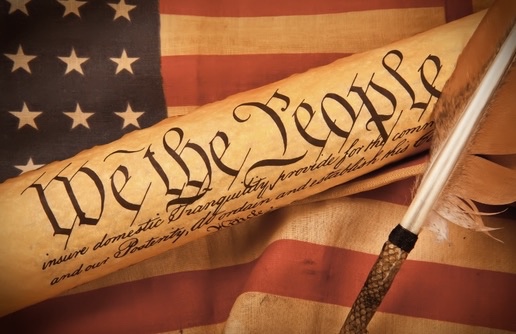
Nation-state or not?
In recent weeks, Mr. Newsom’s daily news briefings have helped Californians
and the world become better acquainted with his preferred vocabulary.
California, the nation’s largest state, will, he has assured, “meet this moment.”
Mr. Newsom has vowed that his administration will marshal “resources,” “in real
time.”
But none of the governor’s linguistic tics have generated as much debate as his
repeated use of the term “nation-state.” On March 15, for instance, he described California as such in explaining the challenges of developing a plan for school closures that addressed the huge range of districts.
“We have to meet the needs of all our diverse communities,” he said, “in a nation-
state with six-plus million children.”
And on April 7, he told MSNBC that a huge deal to buy personal protective
equipment for workers across the state, including 200 million masks per month,
was made possible by California’s enormous purchasing power as — you
guessed it — “a nation-state.”
He said that efforts to get enough equipment through the federal government
weren’t moving quickly enough.
“It’s not a cheap shot; at the end of the day, they don’t have the masks at the
national stockpile,” Mr. Newsom said. “We decided, enough of the small ball.”
On Monday, states and governors announced alliances outside the federal
government, and they are pushing back against President Trump’s insistence
that he has “total” authority over the decision to lift sheltering orders in the
states.
So the repeated suggestion that California is in some way its own nation is
touching nerves and prompting concerns about the future of American
federalism.
But it’s far from new, William Deverell, a history professor at the University of
Southern California focusing on California and the West, told me.
California, of course, has always held a unique position within the United States
— and hasn’t been shy about it.
While California isn’t unusual among states in that its first residents were Native
Americans who were violently removed from their land by Europeans, its
geography and its long history under Spanish and Mexican control have made
California distinct.
Briefly, in 1846, a group of American settlers rebelled against Mexican
authorities and declared a “Republic of California.” In September 1850, California became a state.
“The historian in me wants to go back to the days of the Gold Rush, and the
notion that California was so far beyond the reaches of the union itself,” Mr.
Deverell said.
More recently, in the late 1960s, California pushed for many of the environmental
regulations that would eventually become federal law. And during the AIDS
crisis, Californians’ activism was far ahead of the federal government, he said.
Still, in the Trump era, the divide between California’s leaders and the federal
government has become wider and more explicit, and the response to the
pandemic has made it even more stark.
“The union is set up with this glorious tension,” Mr. Deverell said. Mr. Newsom’s
description of California as a nation-state is “a recognition of that tension, which
has been exacerbated in recent years by the blueness of California and the
redness of the administration.”
Still, the question of whether California is a nation-state doesn’t have a clear
answer, said Henry Brady, dean of the Goldman School of Public Policy at the
University of California, Berkeley.
Why Does Gov. Newsom Call California a Nation-State? – The New York Times 3/24/24, 2:39 PM
California Today goes live at 6:30 a.m. Pacific time weekdays. Tell us what you
want to see: [email protected].

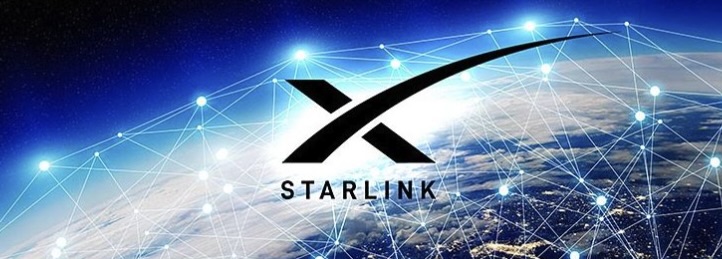

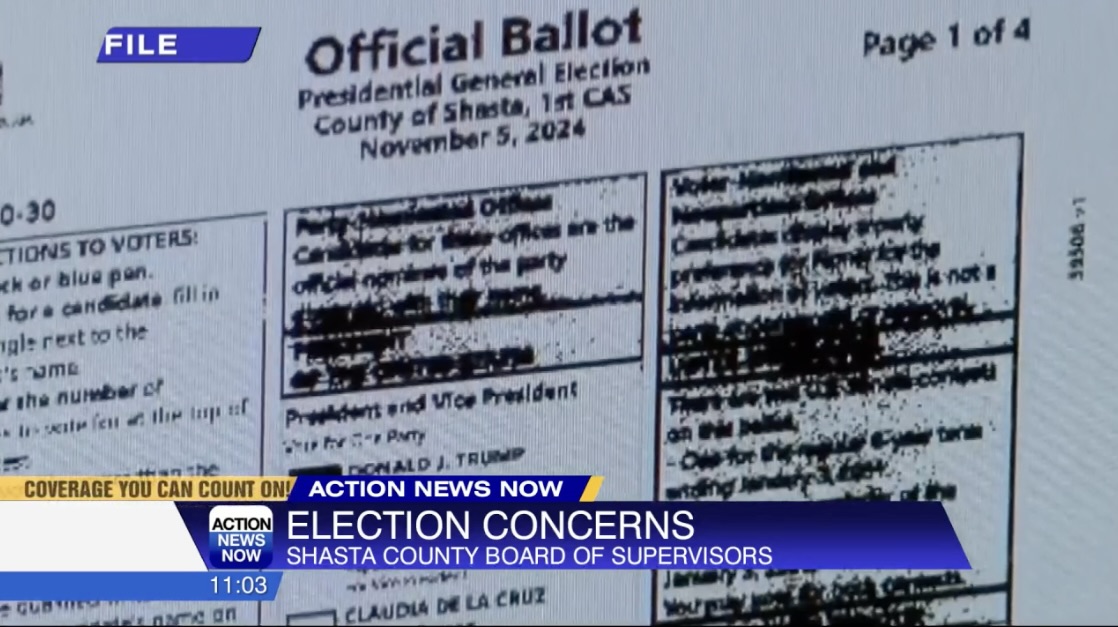

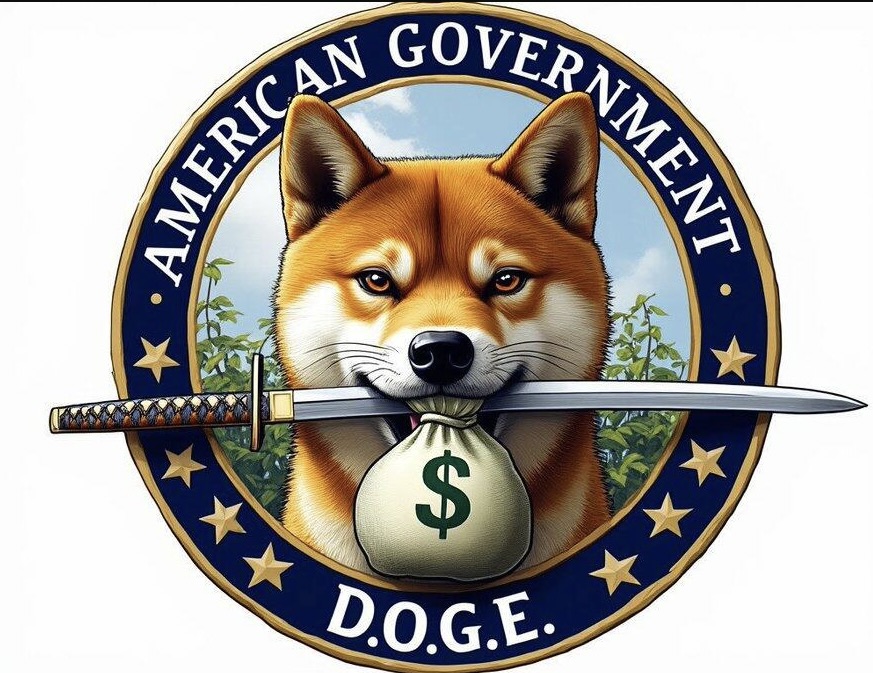


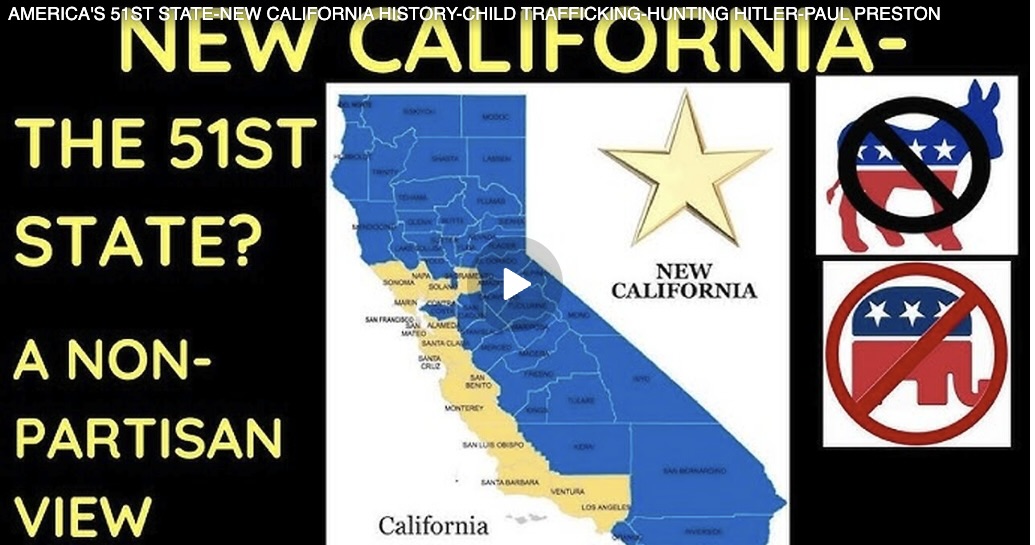
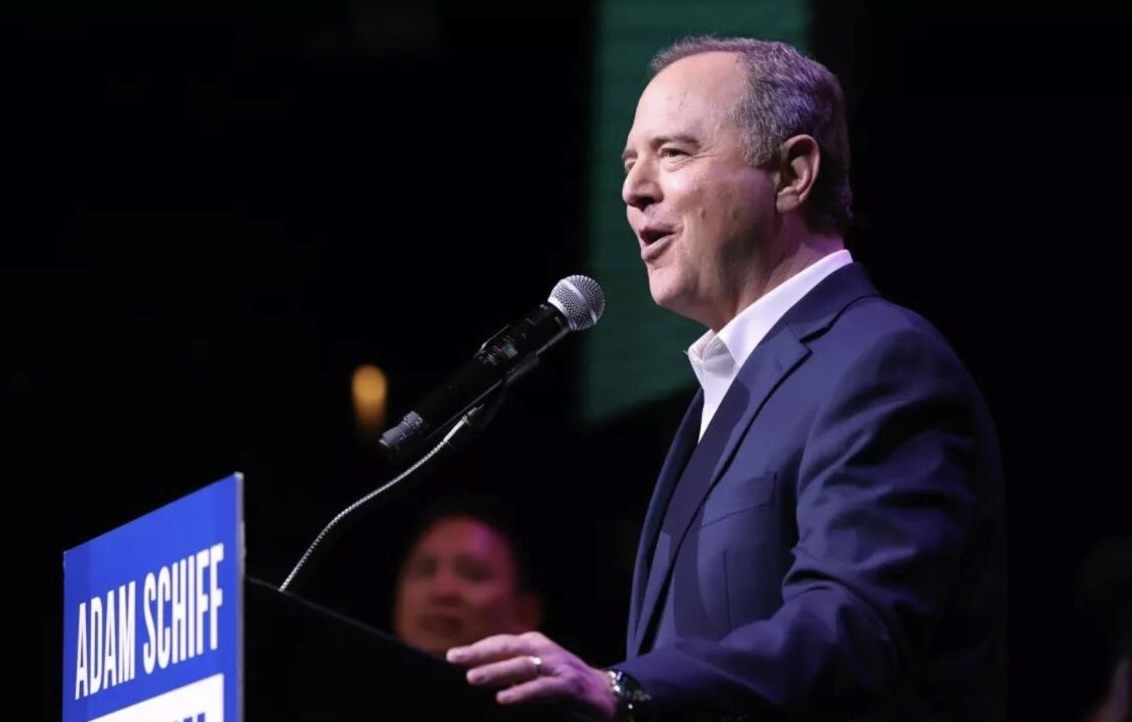
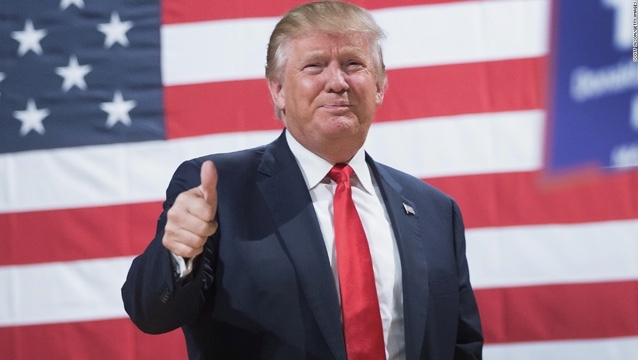

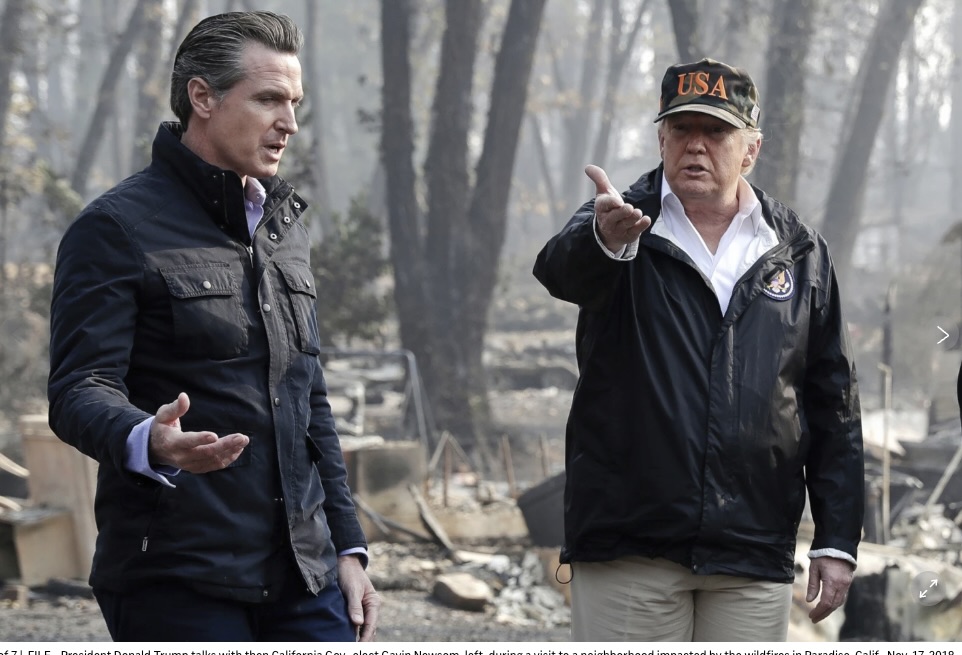
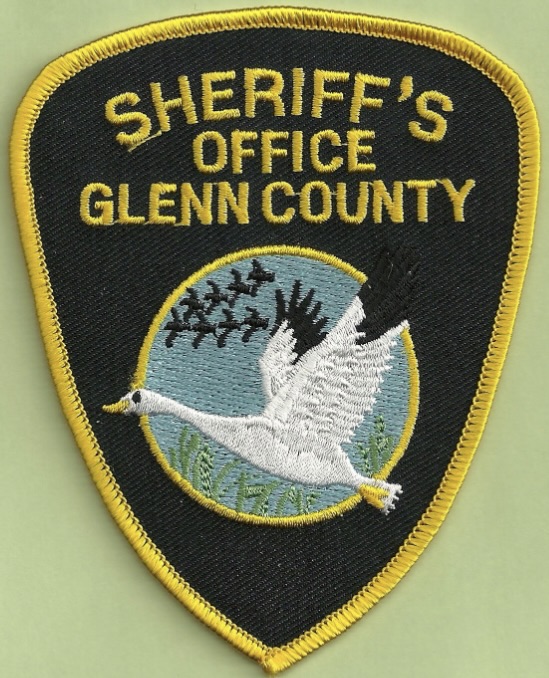
Leave a Reply